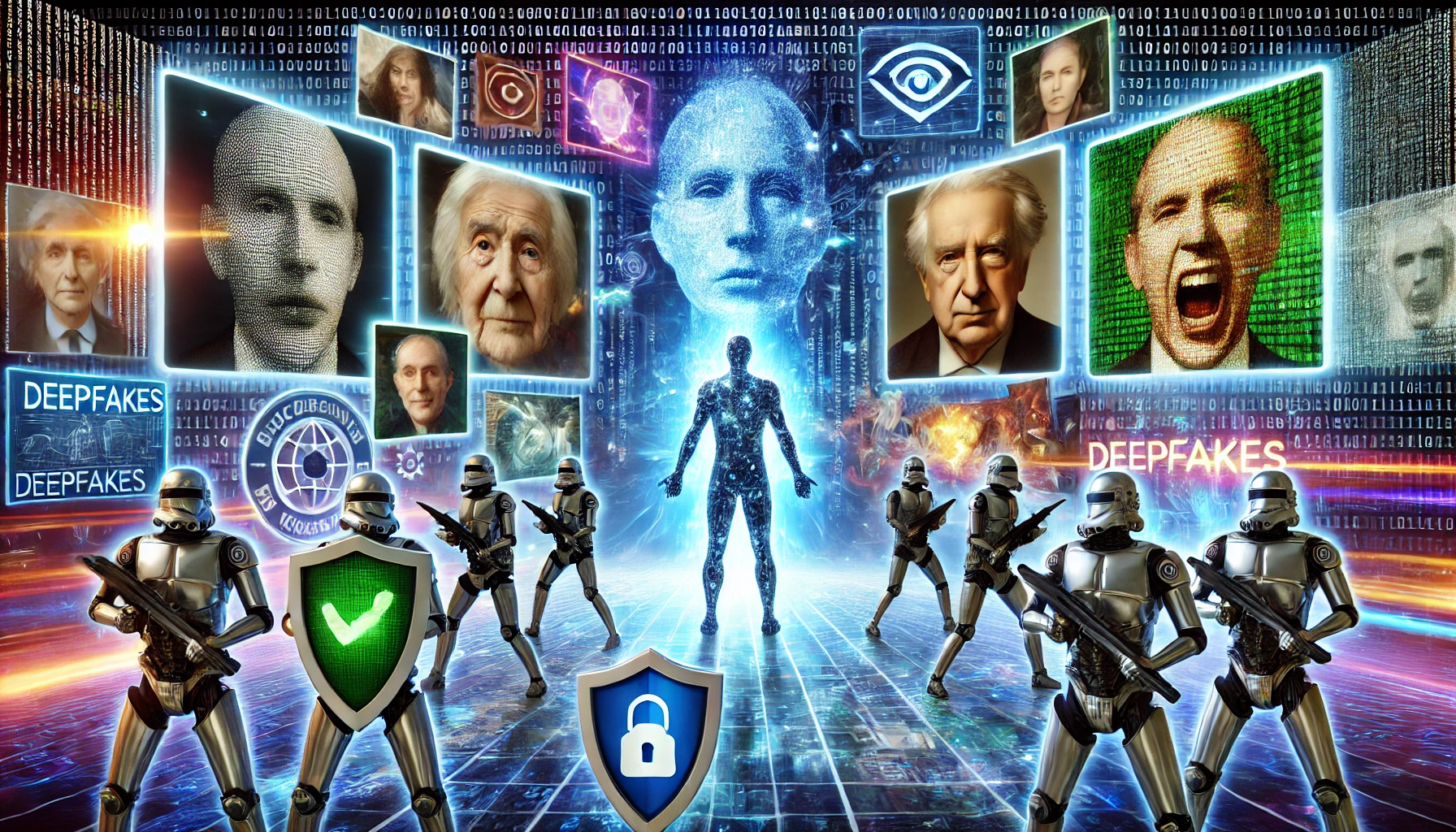The Growing Threat of Deepfakes: How Cybersecurity is Tackling AI-Generated Fraud

Welcome to the Age of Deepfakes
Picture this: you're scrolling through your social media feed, and suddenly you come across a video of a famous politician saying something outrageous. It's got all the elements of viral content—shock value, controversy, and it's spreading like wildfire. But here's the catch: it’s a deepfake. Welcome to the 21st century, where AI-generated fraud is becoming more real than ever. Deepfakes, videos or images manipulated by AI to swap faces or voices, have gone from a sci-fi concept to a very real and growing concern in the realm of cybersecurity.
Deepfakes and Cybersecurity: Why Should You Care?
Now, you might be thinking, 'Okay, so someone fakes a celebrity video—what's the big deal?' Well, the problem is much bigger than that. Deepfake technology is being weaponized to create fake news, commit identity theft, and even execute financial fraud. Imagine receiving a message from your CEO asking for a wire transfer, and it sounds exactly like them. Thanks to deepfakes, cybercriminals can pull off such scams without breaking a sweat.
The Rise of Misinformation and Fraud
As if we didn’t have enough to worry about with regular cyber threats, deepfakes are now raising the stakes. Whether it's spreading political misinformation or tricking people into sending money to the wrong account, deepfake technology is making it harder to trust what we see and hear online. The scariest part? These AI-generated forgeries are becoming more convincing by the day. We're not just talking about funny lip-sync videos anymore. Cybercriminals are leveraging this tech to manipulate stock markets, blackmail individuals, and even influence elections.
How Cybersecurity is Fighting Back
The cybersecurity industry is not sitting idly by while deepfakes wreak havoc. Advanced AI detection tools are being developed to analyze videos and identify signs of manipulation. These tools can detect anomalies that the human eye might miss—like subtle facial movements or unnatural blinking patterns. Some cybersecurity firms are also developing blockchain-based solutions that can verify the authenticity of digital content. It's like creating a digital fingerprint for every legitimate video, making it easier to spot the fakes. But it’s a constant cat-and-mouse game—just as the good guys advance, so do the deepfakers.
The Future of Deepfakes and Cybersecurity
So, where do we go from here? As deepfake technology continues to evolve, cybersecurity measures will have to stay one step ahead. It’s likely that AI detection systems will become more widespread, not just in professional settings but also as everyday tools available to the average person. Governments are also getting involved, with some countries introducing laws specifically aimed at combatting deepfake-related crimes. In the future, you might even see deepfake detection as a standard feature on social media platforms—like having an antivirus for your videos.
What Can You Do to Protect Yourself?
While cybersecurity experts are working hard to tackle the problem, there are some steps you can take to protect yourself from falling victim to deepfake scams. First, always verify the source of any suspicious video or audio clip. Second, be cautious when sharing sensitive information online, especially when communicating via video calls. Lastly, keep an eye out for updates from your cybersecurity software, as many companies are incorporating deepfake detection features into their products. The more aware you are, the harder it becomes for deepfake creators to deceive you.
Conclusion: Is This the Beginning of a Deepfake Era?
Deepfakes may have started as a novelty, but they’ve quickly grown into a serious cybersecurity threat. From misinformation to identity theft, this AI-powered technology has opened a new front in the fight against cybercrime. But with every deepfake that appears, so too do new tools and techniques to combat them. The question is, will the good guys be able to stay ahead of the bad actors? What do you think—are we prepared for a future where reality and AI-generated fakes are increasingly hard to tell apart?



